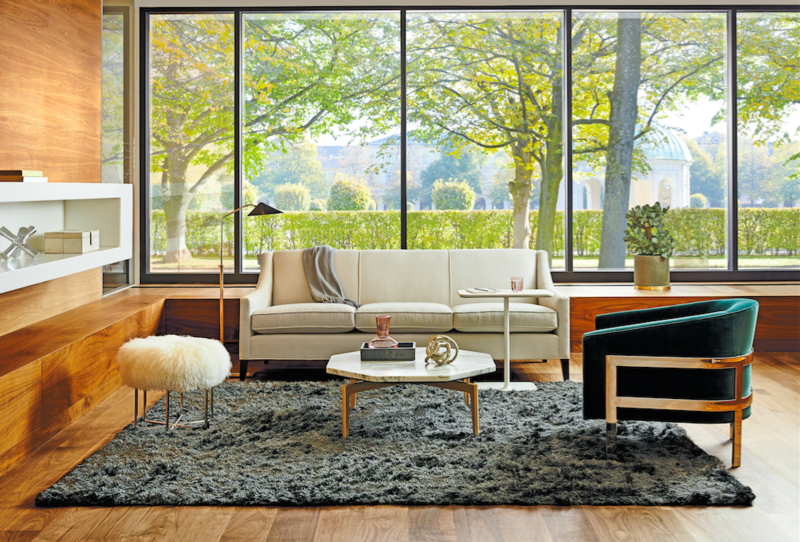If you haven’t done the math, take our word for it: Residential plus commercial equals resimercial, or interior design for commercial spaces that embraces the qualities of the home. It’s a trend that’s poised to change the industry for designers and manufacturers alike, and one that will make its next appearance at NeoCon, over June 11 to 13 in Chicago.
Whether you credit hyper-chicly designed CO-WORKING SPACES, the Pinterest-fueled expectations of MILLENNIALS, or residential interior design’s own shining all-stars with fueling the demand for home-away-from-home design, the resimercial trend is one that’s gaining increasing steam. NeoCon hosts 500 companies and 50,000 design pros this week.

Is resimercial just athleisure, but for the interior design set? Don’t be fooled by the low-slung, midcentury-mod sofas, the cozy workspace nooks, or the communal tables popping up in office kitchens near you—the trend doesn’t seek to transform your office into a carbon copy of your house. Instead, it focuses on bringing abstract but no less important elements traditionally associated with the home—like comfort—into employees’ work lives.

Creating a softer side within commercial projects can take many forms.
Design Mobility
Commercial consumer demands are becoming more similar to traditionally residential consumer demands. It’s a sign of a shifting work environment. Changing workplace mores also play a role; companies are competing to hold on to top employees, and environment is a factor for many.
But it’s not just employee expectations that have shifted; the very way we work has changed in the last decade. Calling resimercial a trend is a reductionist take on a much larger movement. The long-lasting laptop batteries, iPads, Bluetooth headsets, iPhones, etcetera—all such devices have triggered, and in some ways, were a response to [working remotely or flexibly].



